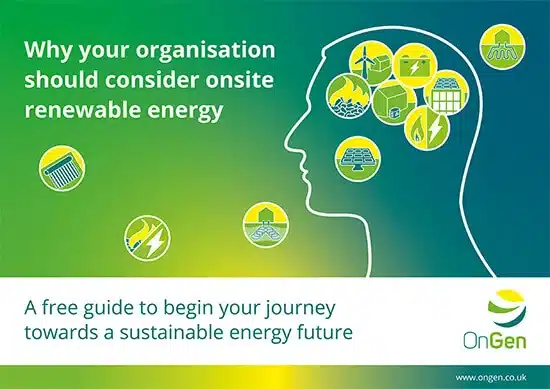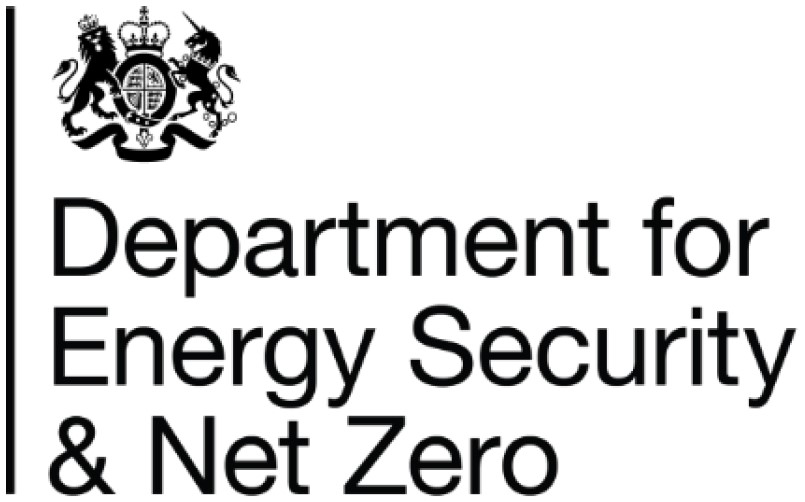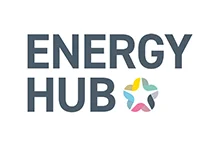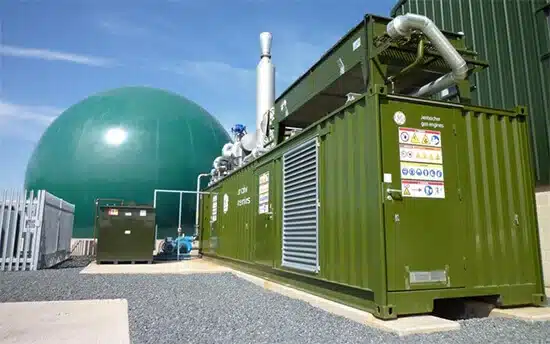Knowing where to start your journey to net-zero can be a daunting task for any industry or business. That’s why OnGen was founded; to develop smart, easy to use, award-winning digital tools that can be used by any organisation, big or small, that is looking to reduce scope 1,2 & 3 greenhouse gas emissions, reduce its overall energy consumption and its reliance on fossil fuels.
OnGen specialises in analysing property specific data through its ground-breaking digital tools that make the decisions on energy efficiency, generating your own energy, or switching to greener tariffs so easy.
We do this in three simple steps:
OnGen specialises in analysing property specific data through its ground-breaking digital tools that make the decisions on energy efficiency, generating your own energy, or switching to greener tariffs so easy.
We do this in three simple steps:

Step 1:
Identify where you can reduce existing energy consumption and improve energy efficiency.

Step 2:
Explore the feasibility of generating and storing your own energy from onsite renewable sources.

Step 3:
Find the cheapest green energy suppliers for any residual grid-supplied electricity and gas demand.

The award winning OnGen Expert™ can now be used by any energy user without the need to take a license.
Take advantage of these great introductory offers:
Take advantage of these great introductory offers:
Instant Access
- Pay by credit card
- Up to 10 technology options per property
- Up to 5 properties
- Online support
- Ideal for consultants providing energy saving solutions
- Up to 10 technology options per property
- Up to 5 properties
- Online support
- Ideal for consultants providing energy saving solutions
Managed Service
- Up to 10 technology options per property
- Carried about by OnGen's expert
- Comprehensive report including constraints analysis
- Ideal for businesses
- Carried about by OnGen's expert
- Comprehensive report including constraints analysis
- Ideal for businesses

OnGen for...

Affiliates and Accreditations


Download our free Renewable Energy Guide
Award winning simplicity

Talk to one of our team
Book a 20-minute conversation to discuss how we can help you by providing the right information, to make the right decisions.









































































